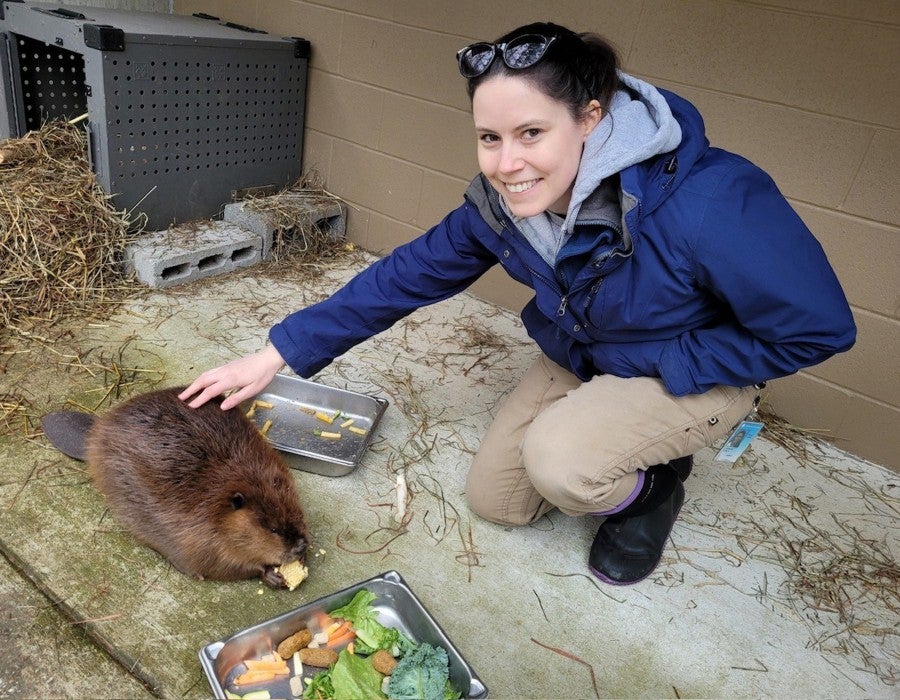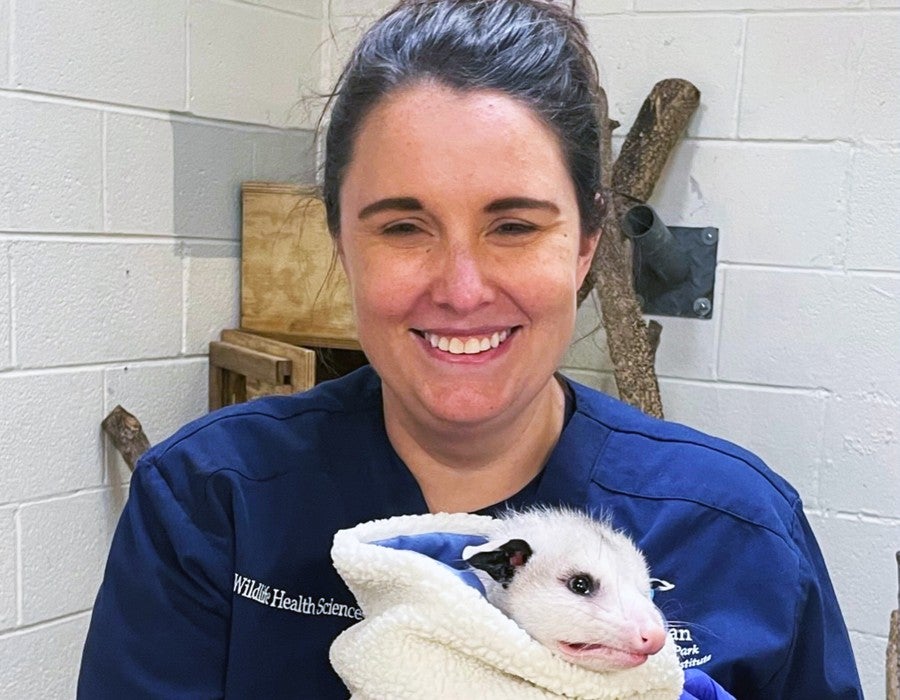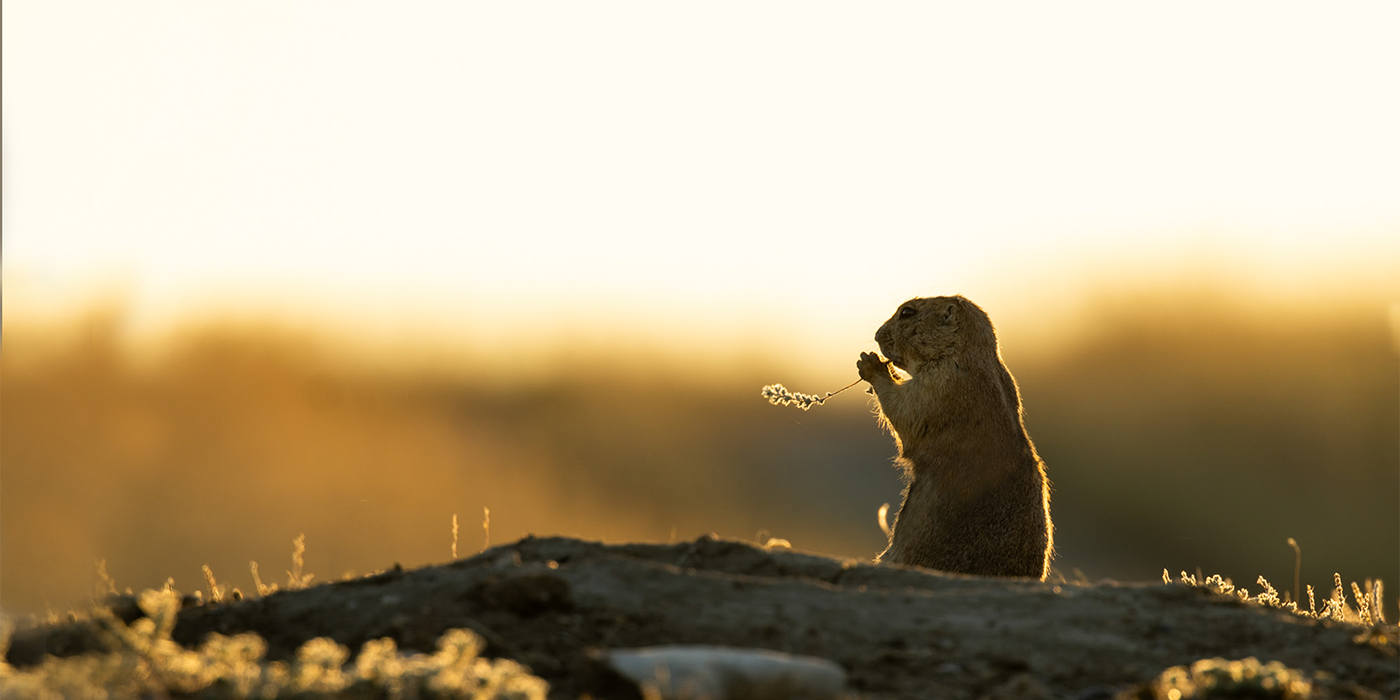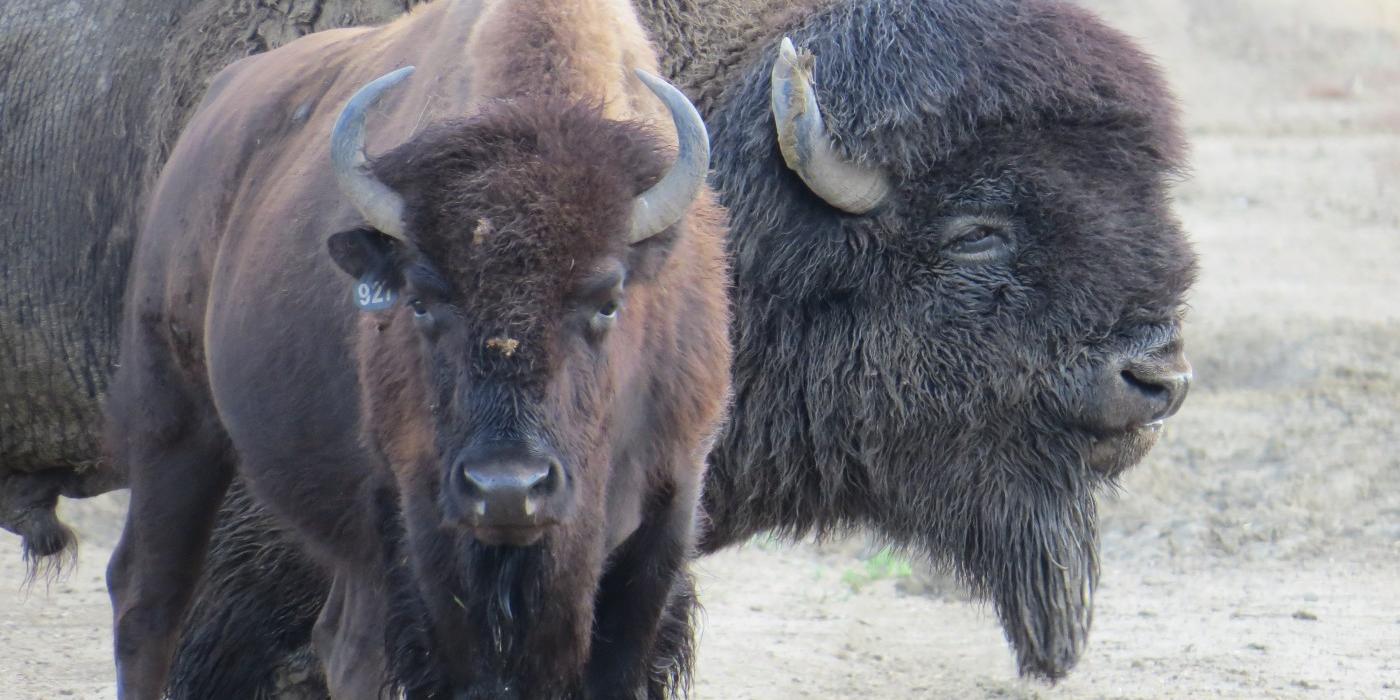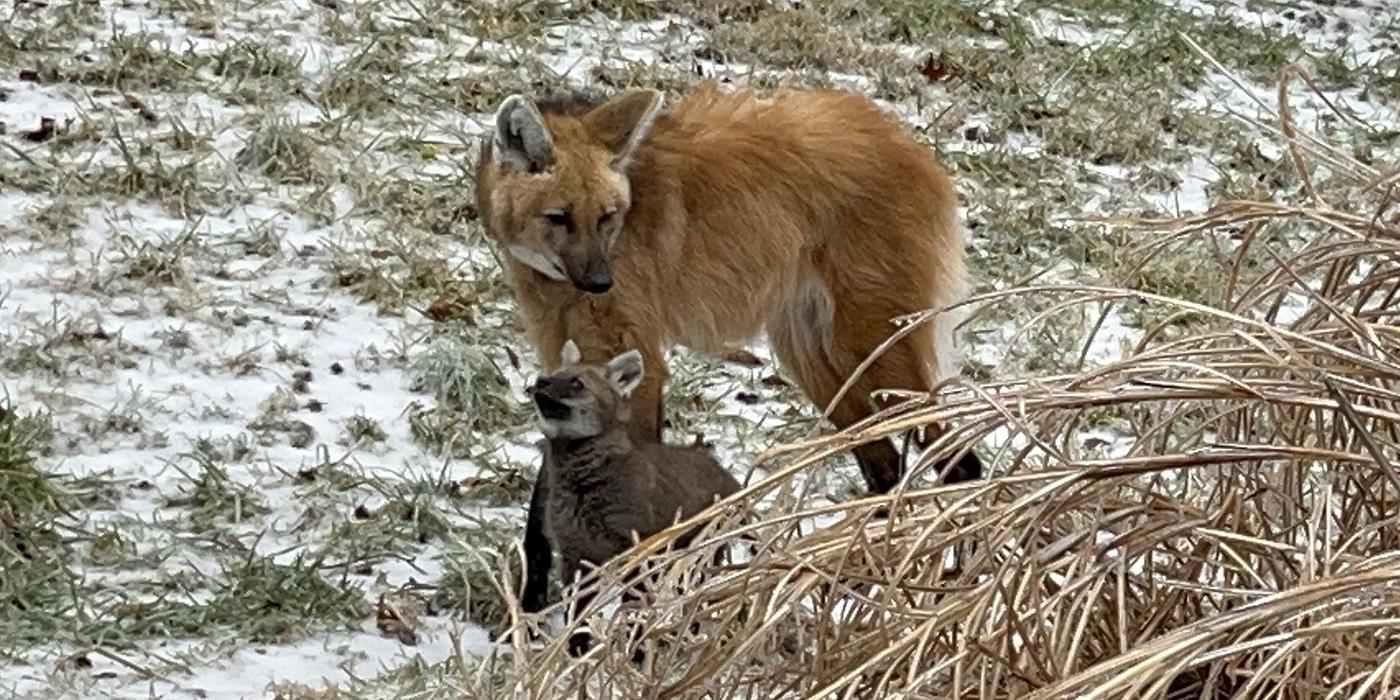Not All Birds Fly South for the Winter
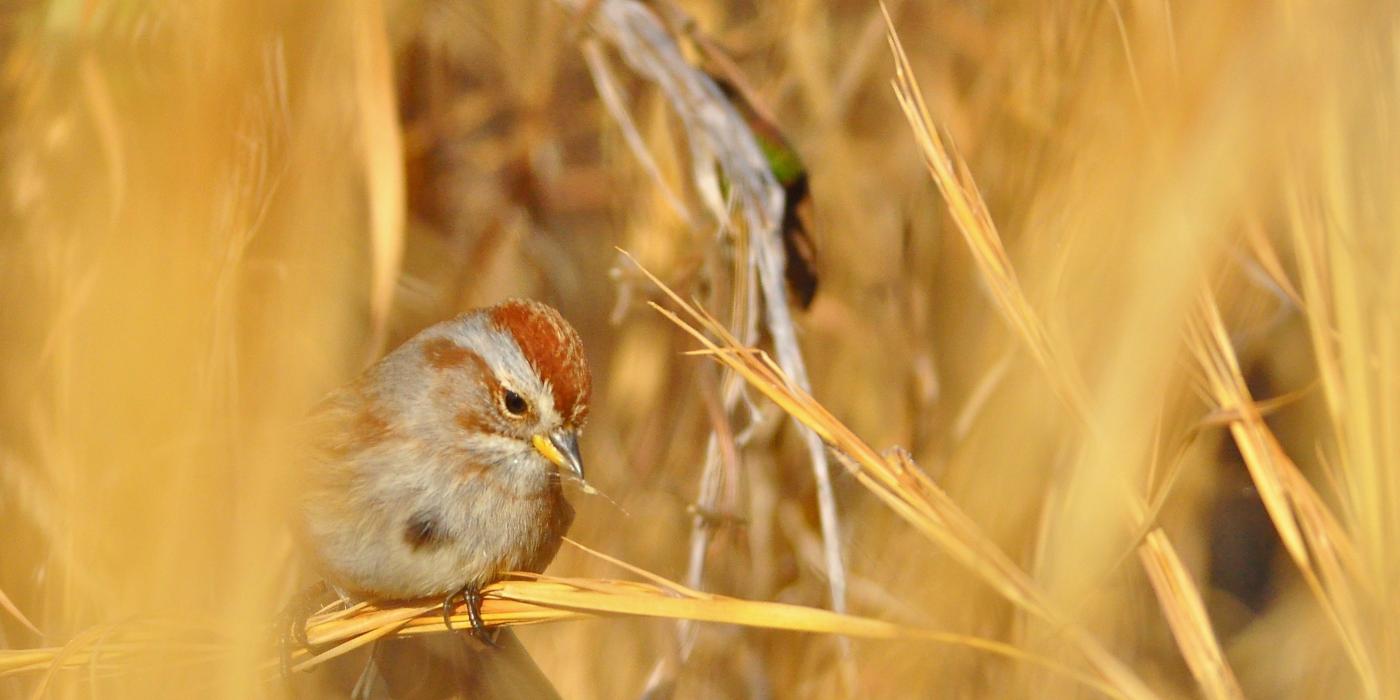
Looking outside on a cold December morning you might see a Savannah sparrow or an American goldfinch flit by. In fact, many of Virginia’s grassland and shrubland birds stick around for the winter.
Long-term data shows that grassland birds — birds that depend on landscapes dominated by grasses and herbaceous flowering plants — are disappearing faster than any other bird group in North America. And while the eastern U.S. may not spring to mind when you think of grasslands, its pastures provide an important winter refuge.
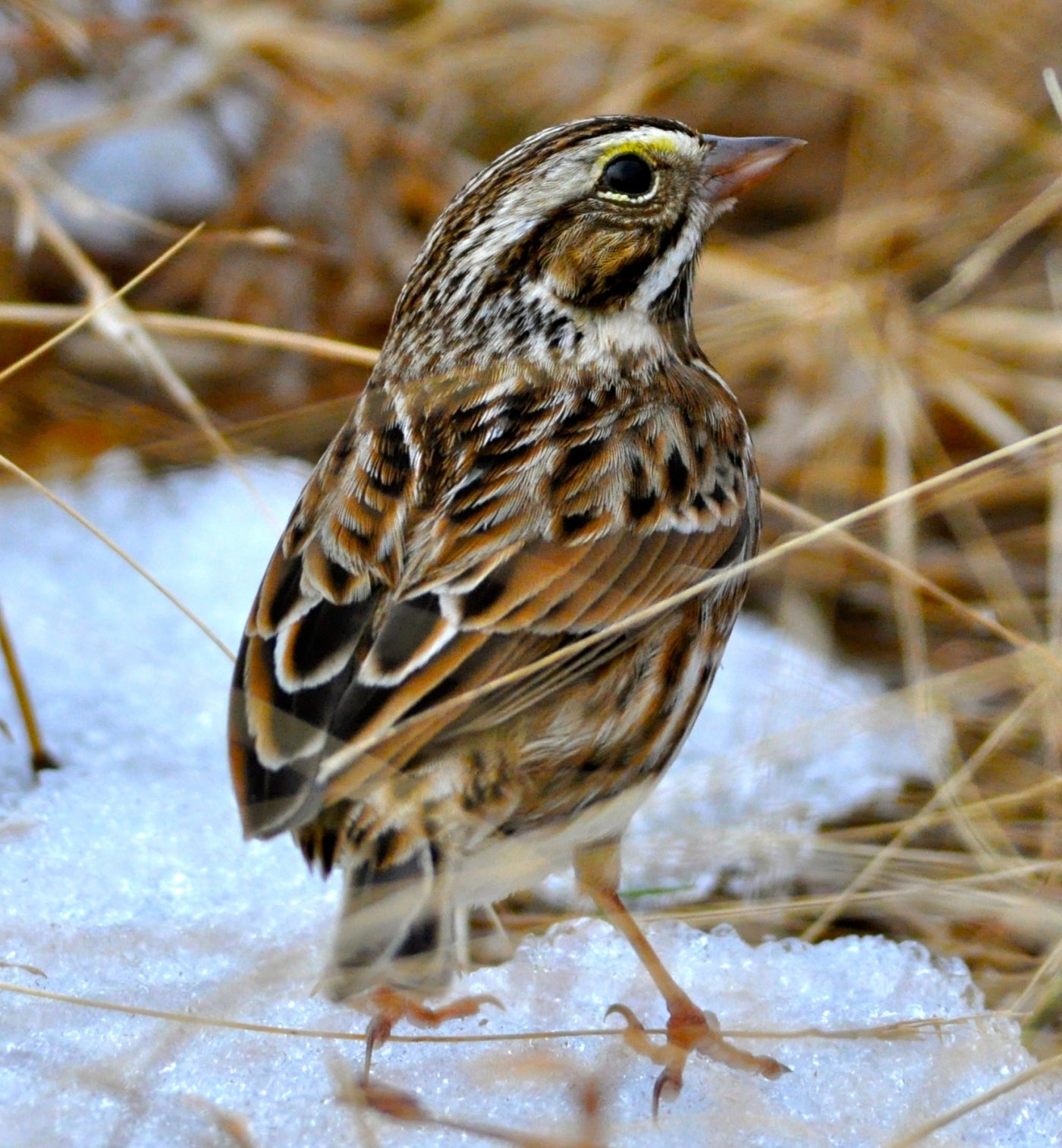
A Savannah sparrow stands on a patch of melting snow in a warm-season grass field in Virginia.
Researchers with Smithsonian’s Virginia Working Landscapes turned to local farmers and landowners for help understanding how common field management practices — like mowing, burning or animal grazing — affect birds that stay for the winter.
A lot of wildlife studies happen on public lands, such as national parks, but public spaces can only tell part of the story. Animals don’t recognize boundaries between public and private lands. Some of them even make homes in less wild areas, like farms. And those “working lands,” as scientists refer to them, can reveal a lot about an animal’s needs.
To truly understand which fields provide the best resources for birds in the winter, VWL researchers needed to look at both public and private lands. With the help of the local community, they were able to access hay fields, livestock pastures and croplands that haven’t been surveyed for overwintering birds before.
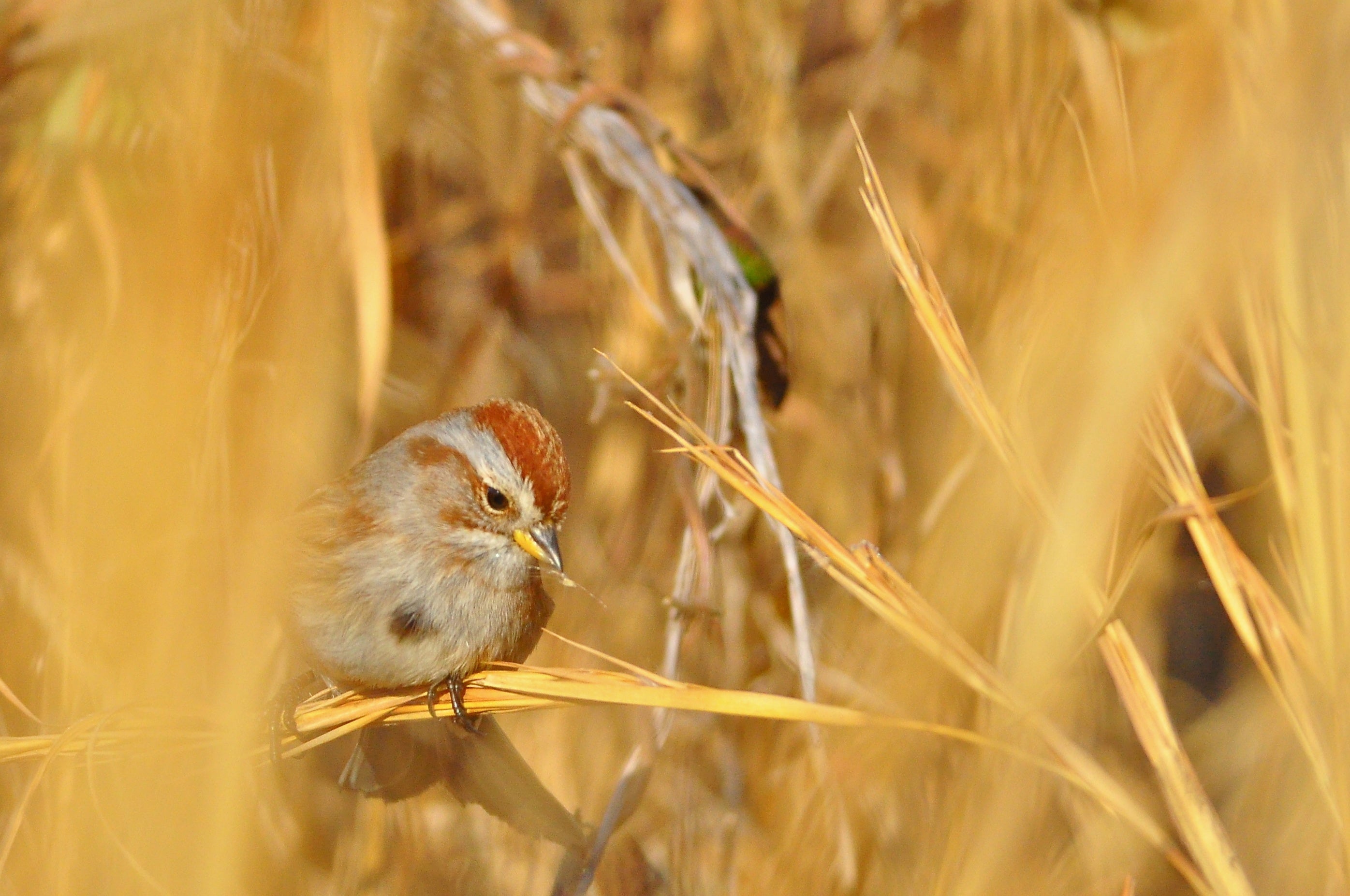
An American tree sparrow eating seeds in a warm-season grass field.
Most of Virginia’s grasslands, including hay fields and livestock pastures, are dominated by nonnative “cool-season” grasses. Cool-season grasses were introduced following European settlement, mainly to extend the grazing season for livestock. Since these grasses grow better in cool weather they tend to outcompete many native grasses, otherwise known as “warm-season” grasses, which don’t start emerging until early summer.
State-led programs have been initiated to bring native grasses and wildflowers back to Virginia's countryside to support local wildlife like bobwhite quail and pollinators. VWL researchers sought out both cool- and warm-season grass fields for this study.
Cool-season grasses tend to provide animals with less cover from predators flying overhead. They can also get matted down like a carpet in the winter, making it difficult for small animals and birds to move around beneath the grass canopy.
Native grasses, on the other hand, tend to stand tall and maintain their structure all winter long. When their strong stems bend under the weight of snow, it creates a tent-like canopy that provides cover from aerial predators but also leaves pathways along the ground for animals to flee.
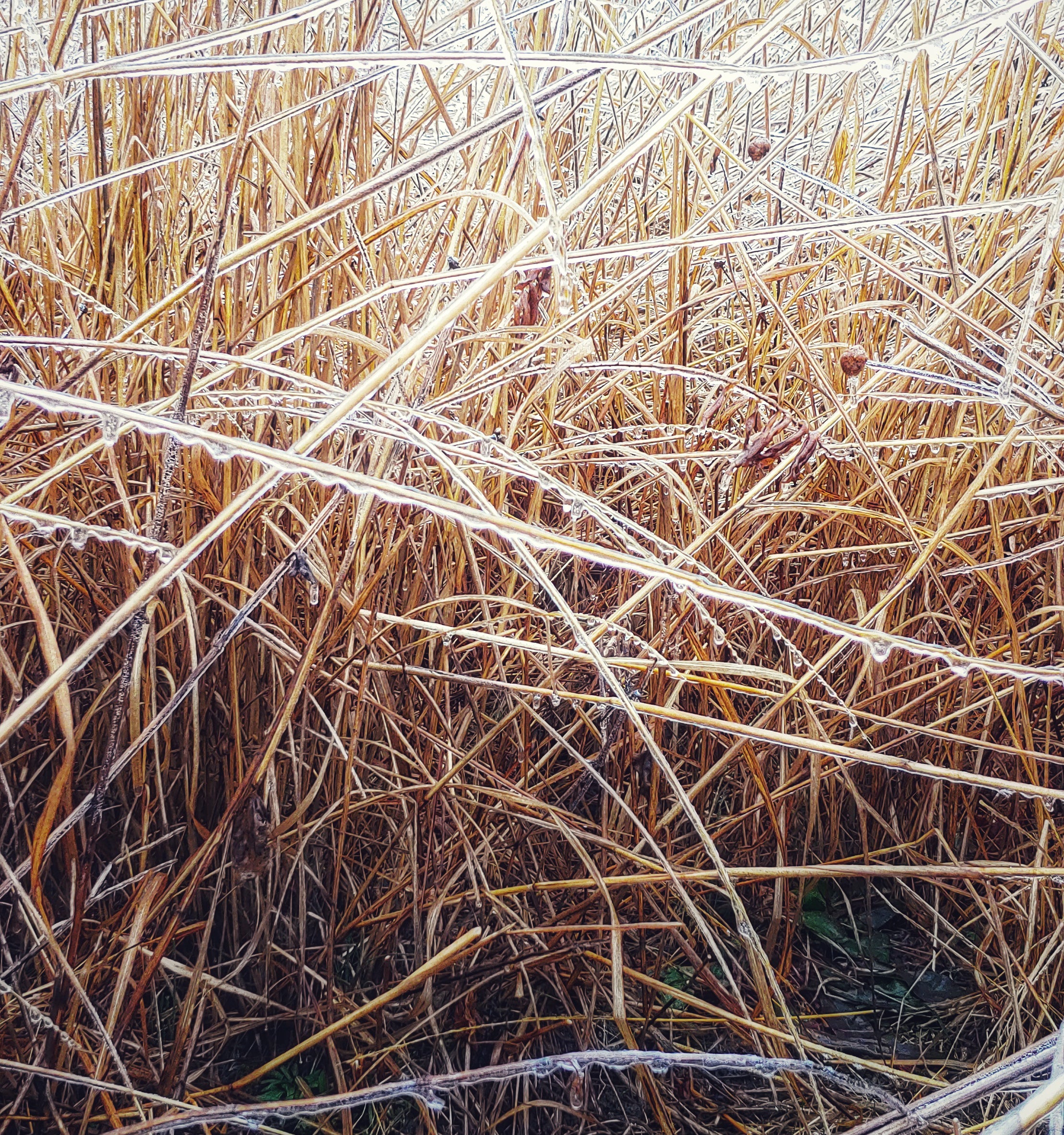
This stand of warm-season grasses maintained its structure even after an ice storm. The bare ground visible underneath the grass canopy allows animals and birds to move easily throughout.
In the first study of its kind in this region, VWL researchers spent three winters trekking through both warm-season and cool-season grass fields looking for birds. They spotted song sparrows, eastern towhees, field sparrows, northern bobwhites and more.
So what did they learn? Some birds did visit fields of nonnative cool-season grasses, but a greater variety spent the winter in fields comprised of native plant species.
The team also noticed that fields left undisturbed during the growing season welcomed more birds in the winter, regardless of the type of grass — something they may not have discovered without access to private lands.
With this new data, researchers can make recommendations to help people optimize land for wildlife. For example, converting unused fields to native grasses can provide better winter habitat for birds. When possible, so can waiting to mow fields and letting them stay overgrown until the late winter.

